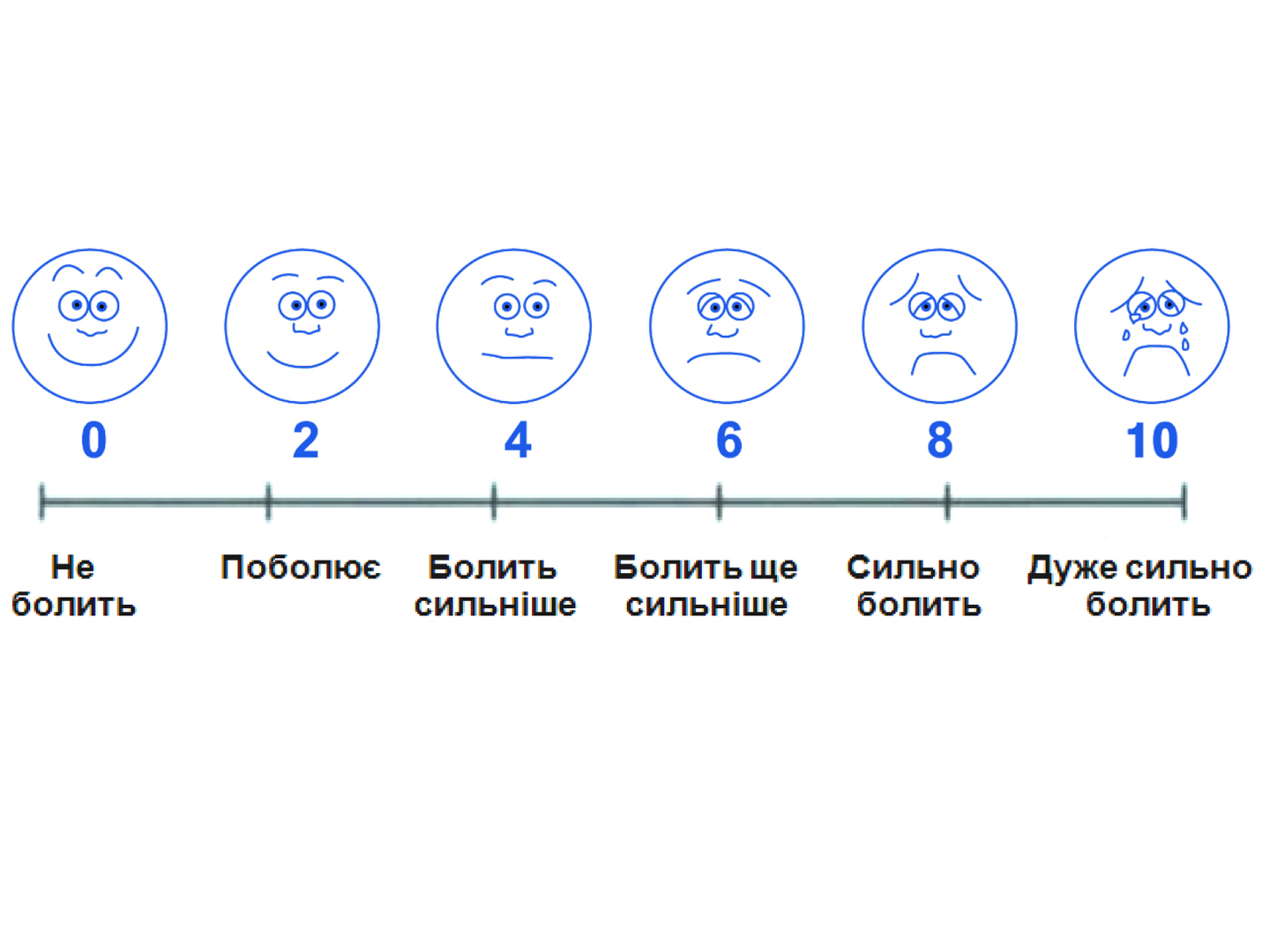Specific features of diagnosis of hemostatic disorders and optimization of infusion therapy in severe course of destructive pancreatitis
Odessa National Medical University
Abstract. The paper pathogenetically substantiates and approves methods to improve the efficacy of treating destructive pancreatitis with the use of express diagnosis, and to correct hemostatic disorders, and also analyzes clinical experience of using Gecoton, a multi-component, polyionic, colloid hyperosmolar solution of a new generation, in the complex treatment of pancreatic shock. The study was conducted in 86 patients with severe forms of acute destructive pancreatitis. The hemostatic system was
evaluated using indicators of analyzer ARP-01 “Mednord” (low-frequency piezoelectric thromboelastography, LPTEG), by means of classical laboratory tests. The use of thrombelastography method enabled hemostatic disorders in acute period of destructive pancreatitis to be timely evaluated with minimal material costs and within a short time, directly at the bedside. Specific correction of hemostatic disorders in destructive pancreatitis via impacting on the key pathogenetic factors through Gecoton, purpose-oriented prescription of LPTEG with different mechanisms of action — Latren, trasylol, fresh-frozen plasma — and therapeutic plasmapheresis makes it possible to decrease the incidence of pulmonary complications by 1.7 times, reduces the duration of stay at in-patient facility by 23 %, as well as diminishes lethality in severe course of disease by 30.9%.
In acute pancreatitis morbidity patterns, there is seen a growth in the number of its destructive forms, where the lethality, according to different authors, varies from 8 to 70% due to the development of severe endogenic intoxication and formation of multi-organ failure [1, 12]. In acute pancreatitis pathogenesis, a significant place is taken by the hemostatic system disorders, which are manifested in the development of thromboses and/or hemorrhages.
The complexity of pathology explains the existence of different, at times antagonistic views on the hemostatic system condition in early forms of acute destructive pancreatitis (ADP) [3, 6]. The issues of prognosticating ADP course and outcomes, choice of therapeutic methods and regimens, monitoring of destructive processes in the grand still remain debatable.
In this context, it is no wonder that alongside with the issues of diagnosis and surgical tactics the problem of intensive therapy continues to be actively discussed. To eliminate volemic abnormalities is one of the tasks in the basic intensive therapy of ADP patients. Most adequately it is solved in the course of intensive therapy with the use of volemically active plasma substitutes. Within the last decade, in many countries of the world, the class of drugs based on hydroxyethylated starch occupied the leading position among colloid volumesubstitutive solutions, having sidelined plasma-substitutive agents based on dextran and gelatin [2, 7].
Steady growth of acute pancreatitis morbidity, especially its destruc-tive forms, high lethality level and numerous complications, not infrequently leading to severe impairments of bodily functions up to incapacitation, as well as the existing diagnosis complexities and lack of a single approach to the treatment of this disease, enforce to pay attention to studying this pathology.
Objective of the study — to pathogenically substantiate and approve the methods of enhancing the efficacy of destructive pancreatitis treatment with the aid of express-diagnosis, and to correct hemostatic disorders, as well as to analyze clinical experience of using multi-component polyionic colloid hyperosmolar, new generation solution Gecoton, for the comprehensive treatment of pancreatic shock.


